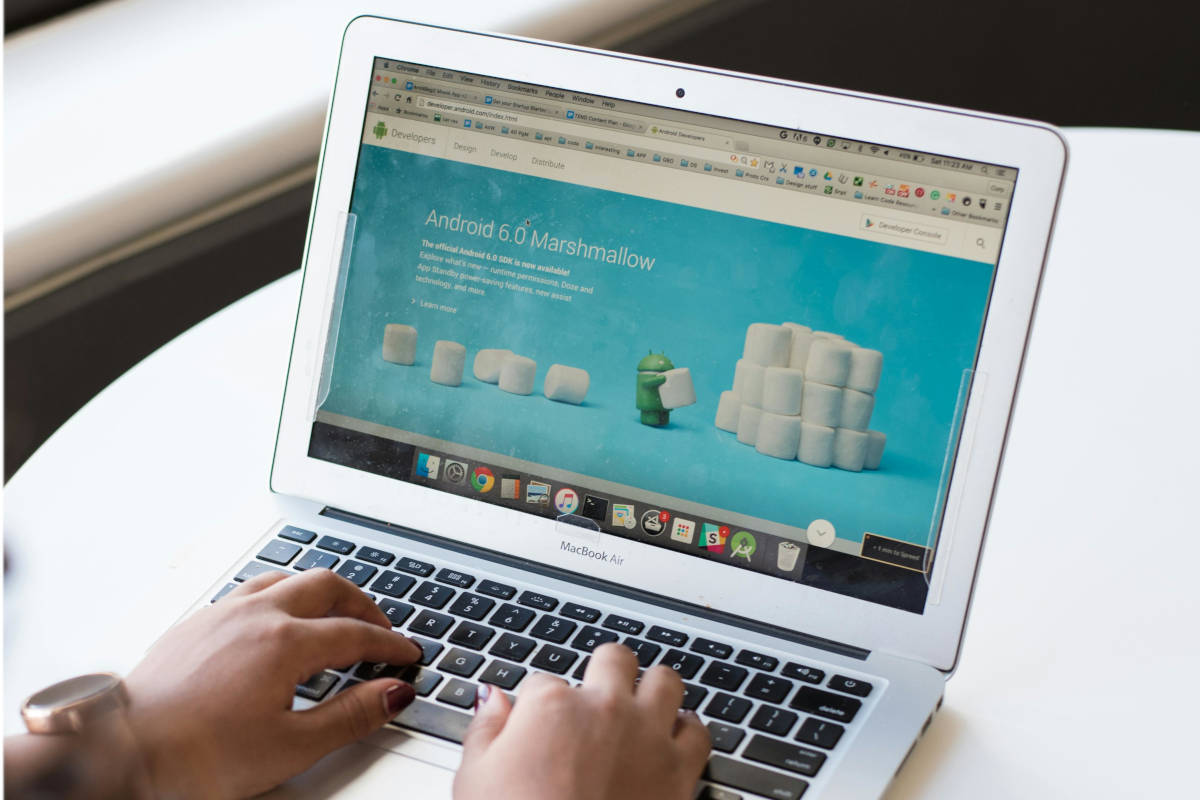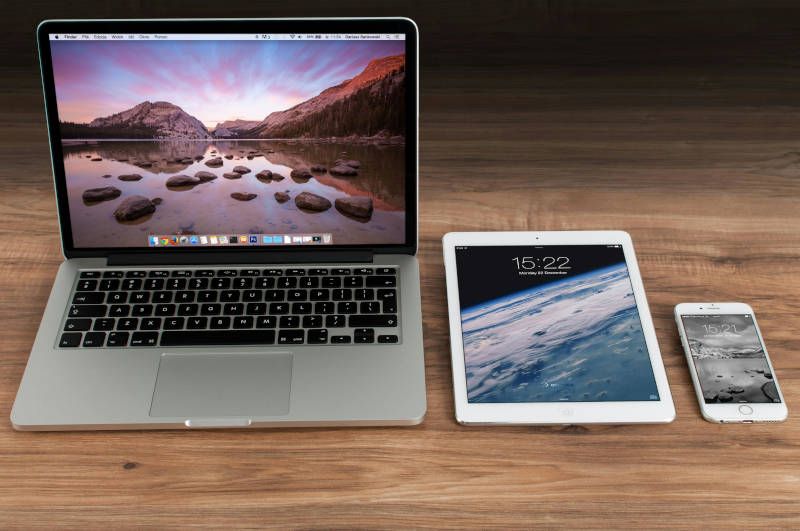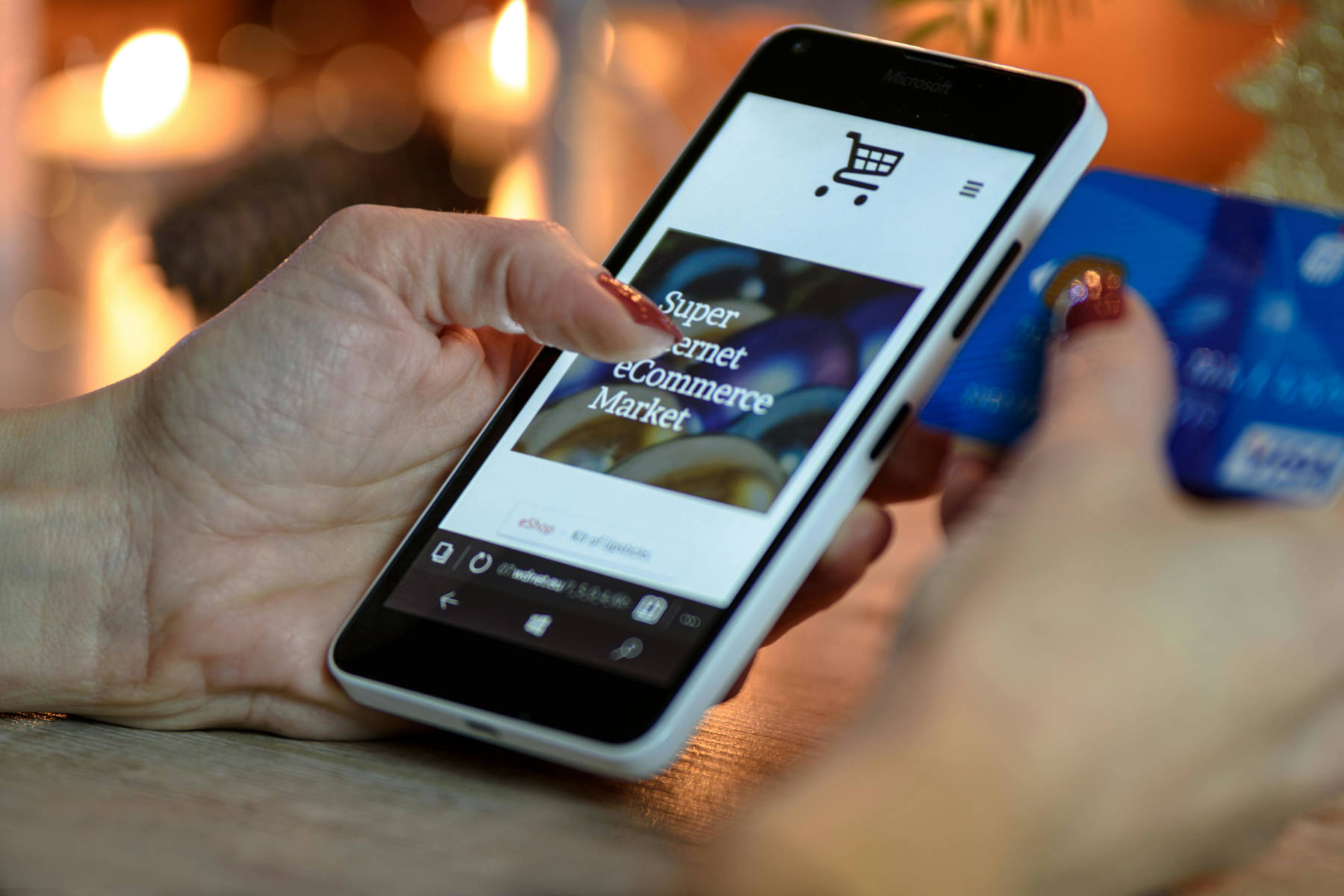Trends in Web Design for Small Businesses in 2024
Modern technological development seemingly opens unprecedented opportunities for creativity, allowing the creation of exceptionally beautiful and functional websites. It provides tools and technologies that were previously unseen. But how do we avoid going overboard?
Content
Minimalism or Maximalism
Mobile Adaptiveness
Animation and Micro-Interactions
Dark and Light Modes
Personalization and Micro-Targeting
Special Fonts and Typography
Interactive Content Elements
AI-Generated Content
Reasonable Sufficiency
Minimalism or Maximalism
On one hand, reading articles written by designers, it seems that this year is dominated by rich graphics, broader use of styles, experimental menus, new types of sliders, and other components. Of course, it’s their job to invent and sell new features.
But at the same time, our practice shows that many clients who order website creation from us actually ask for a so-called clean design, simple and understandable to users, without unnecessary screen changes, flashing images, and other distractions. Because all this attracts visitors only to a certain extent. Then it starts to annoy and even makes them leave the site, switching to a more calm page.
From this, we can conclude that although experiments with the implementation of new forms will continue this year, it is necessary to know the measure and approach designers’ suggestions with caution. Always remember the ultimate goal: a business needs a website as a marketing tool, not to showcase the possibilities of new internet technologies.
Mobile Adaptiveness
What is absolutely indisputable is the growth of visits to all websites from mobile devices. Mobile internet is becoming more and more accessible everywhere. And today, statistics show that more than half of visitors to almost any resource do so from their smartphones.
This means that, in reality, two designs are required. Each site must be unequivocally adaptive, looking equally good regardless of screen size. However, the mobile version should definitely be simpler this year than it is created for desktops. It’s not that smartphones can’t handle something. Quite the contrary, they are becoming more powerful every year.
But on a relatively small screen, users do not have a positive experience from a large number of sliders and flashing banners. Especially from beautiful but not very readable fonts on such screens.
Animation and Micro-Interactions
On the other hand, technologies that allow for small animations and so-called micro-interactions on websites are further developing this year. This means interaction with visitors, where the page content reacts in a certain pre-defined, intuitively understandable way to clicks, drags, and other user actions.
This approach makes the site more lively on any device, both desktop and smartphone. But the key point here is that the interaction must be intuitively understandable. This allows people to feel comfortable and perform the expected actions, such as making orders and purchases.
Dark and Light Modes
This is an eternal debate between lovers of dark and light themes, probably existing since the first days of graphical interfaces. Each new year, many designers write in their articles that the dark theme is gaining popularity once again.
In reality, design can be beautiful in both light and dark tones. It all depends on how well the site’s design aligns with its content. For example, dark tones are quite suitable for a rock music portal. But for a travel agency selling sunny beach vacations, a dark theme would look rather strange.
The only thing worth mentioning today is that the world is not just black or white, it’s colorful. And what we have noticed in practice, which can truly be considered a trend today, is that our clients this year have been ordering brighter websites than before.
Personalization and Micro-Targeting
A sort of highest skill of today, a site that can adapt to the user, considering their interests. Of course, not all resources behave this way today, but it’s something to strive for.
However, there is a controversial issue here as well. For example, today we are surprised and even annoyed when we encounter completely irrelevant ads on Facebook or Google. On the other hand, we oppose being “tracked” and having our personal data collected.
But an unquestionably correct approach is, for example, reminding the client about items already placed in the cart by constantly showing the cart in a very visible place on the online store’s website. So that the buyer does not accidentally leave — just forgetting about the purchase.
Special Fonts and Typography
Using non-standard fonts and creative typography can help establish a unique style and branding for a business website. Yes, it is an effective tool.
But even here, one must know the measure and follow the principle of reasonable sufficiency. The fact is, an abundance of fonts, especially rare ones that are likely not pre-installed on the visitor’s device, can catastrophically reduce website loading speed. Especially when they start being imported on the fly from third-party sources. Or from the website itself, but hosted on a cheap and therefore not particularly fast hosting service.
Interactive Content Elements
Websites can include interactive content elements such as video backgrounds, interactive maps, social media interaction widgets, and others to enhance user engagement.
And it’s great when new opportunities are added for visitors. But unfortunately, not all of them are really necessary. Moreover, many such components are not free.
For example, when adding Google Maps to a site, Google asks for the site owner’s credit card number to obtain keys. Yes, up to a certain number of requests, this service remains free. But probably, this is temporary. Otherwise, why would the internet giant collect such information from resource owners?
AI-Generated Content
AI-generated content deserves special mention. Of course, it is a very attractive idea for site owners to fill it automatically, almost for free, saving on copywriters, designers, artists, and everyone else.
But it should be noted that sooner or later, search engines will learn to distinguish such content at least in general terms. And if it is not checked, and often rewritten and revised by a human for humans, such sites are likely to start ranking lower. Ultimately, companies will lose their potential clients.
Yes, artificial intelligence opens up enormous additional opportunities for us in terms of creating and promoting websites this year. Nevertheless, it should not be overestimated. AI is an excellent assistant, that’s true. And we all use it with pleasure. But it will not replace a live person, a webmaster, a text and image author — unfortunately, it won’t.
Reasonable Sufficiency
In the end, we can say that websites this year will become even more interesting and of higher quality than last year. But at the same time, one should not forget the principle of reasonable sufficiency. Do not blindly rely on new design achievements, nor immediately subscribe to all possible new services.
In the end, it is important to understand what the internet resource is ultimately created for. Usually to attract clients, not to impress and simultaneously scare them away with the brightness and unusualness of its solutions.
The golden mean and reasonable sufficiency — this is what should always be the basis when deciding on the choice of a particular design for your website.






